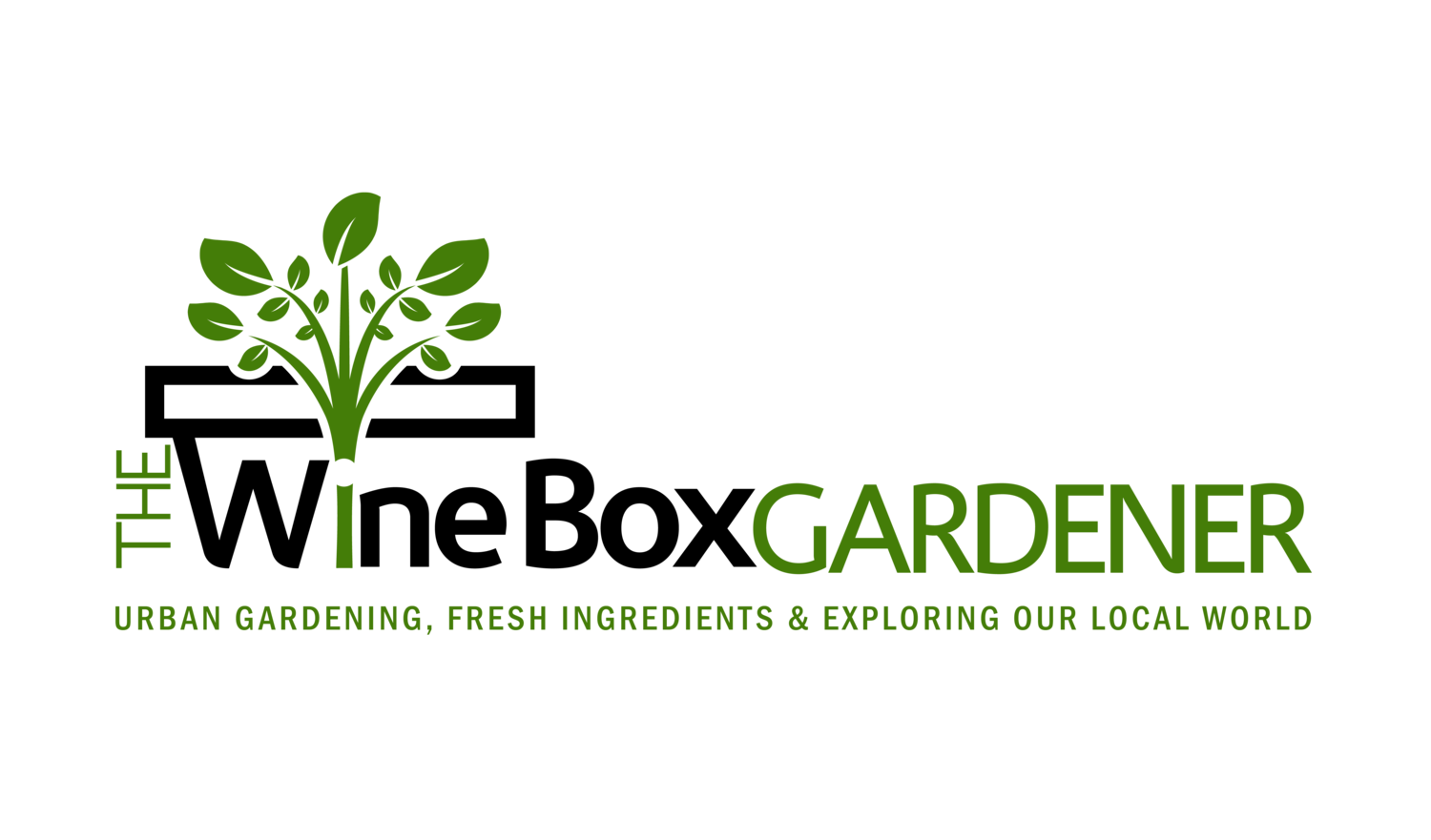Garlic Scape Pesto
Before diving into how to make garlic scape pesto, I should answer the question, “What the heck IS a garlic scape?” A garlic scape is basically the flower stem of a garlic plant. Not all garlic yields scapes, but hardneck garlic does.
A scape on my hardneck garlic this year.
Garlic is one that I plant and harvest during a time when nothing else in my garden is planted or harvested. As I describe in How to Grow & Harvest Garlic, I plant garlic at the end of October/beginning of November and harvest it in July. However, about a month before harvest, the garlic plants grow flower stems, known as “scapes,” that should be harvested to direct all of the plant’s energy into the development of the garlic itself. But, those scapes are NOT to be wasted, they are to be eaten. There are many ways to enjoy them, including grilling them with a little olive oil, salt, and pepper, but, my favorite way to enjoy them is to make pesto. We typically use garlic scape pesto on homemade pizza with mozzarella and clams. It’s the best pizza we make!
If you’re not growing garlic of your own, be sure to check out farmers markets! I noted that every vendor at one of my local farmers markets this week had scapes for sale. June -July is typically when you’ll find scapes at the market.
Pesto may be a bit of an obsession for me, but it yields tasty results. Check out my basil pesto and ramp pesto recipes for seasonal goodness.
First batch of garlic scape pesto this year.
Garlic scape pesto follows the same general guidelines as any other pesto, but I based this recipe on one from Serious Eats, with the following notes:
They note that you can follow the recipe as is, or cut the number of scapes in half and replace the other half with basil or other herbs to cut the strength of the garlic, but I don’t do that. I think the pungent garlic flavor is reduced over time, so if you store it for a while, starting out strong isn’t bad. Also, as Cooks Illustrated notes, “When the scapes were cooked, tasters noted that the garlic flavor became more muted and sweet.” So, when you use the pesto in cooking the flavor may become more tame and flavorful. You can also add more cheese to cut the strength of the garlic flavor if desired.
I make large quantities for long-term storage, however, I don’t freeze it as recommended. I store it as I do other pesto by covering the top with olive oil and refrigerating it.
Ingredients
1/4 cup pine nuts
3/4 cup coarsely chopped garlic scapes
Juice and zest of 1/2 lemon
1/2 teaspoon salt
A few generous grinds of black pepper
1/2 cup extra virgin olive oil
1/4 cup grated Parmigiano Reggiano cheese
Directions
In a small, dry pan set over very low heat, lightly toast the pine nuts, stirring or tossing occasionally until just beginning to brown, about 2-3 minutes. Remove from the heat and let cool for a few minutes.
Combine the scapes, pine nuts, lemon juice and zest, salt, and pepper in the bowl of a food processor fitted with the blade attachment. Pulse about 20 times, until fairly well combined. Pour in the olive oil slowly through the feed tube while the motor is running.
Add the grated cheese to the food processor and pulse until blended.
If storing for later use, pack the pesto into 4-ounce mason jars and cover with olive oil. Secure the lid and store it in the refrigerator for up to a year.






